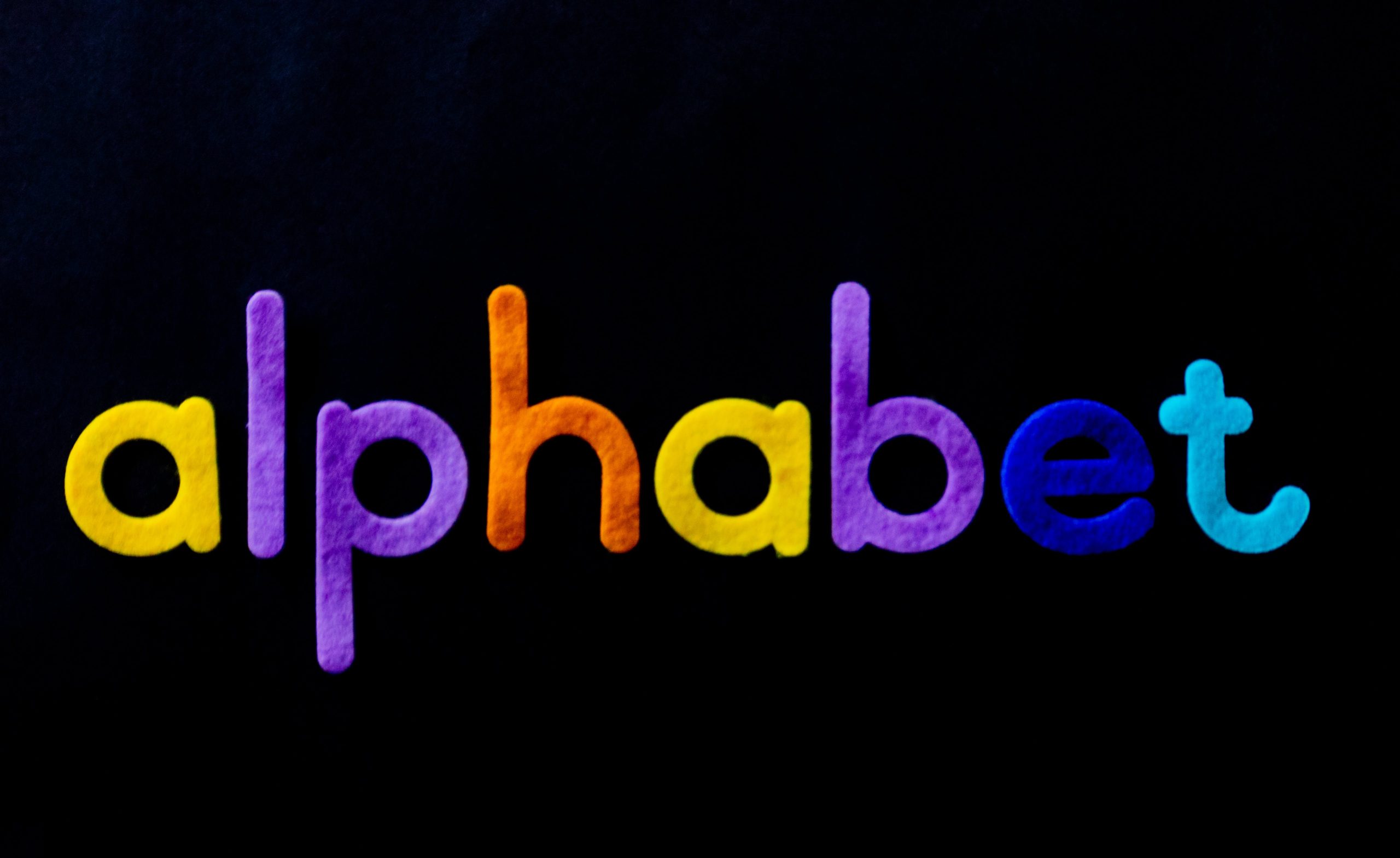Establishing a powerful and identifiable brand requires designing a memorable logo for brand identity. A well-designed logo can mean the difference between being forgotten and leaving a lasting impression in a world when brands and businesses are everywhere. This article articulates the essential ideas, procedures, and components of creating a logo that not only embodies a company but also endures over time.
Understanding the Importance of a Logo:
Table of Contents
A logo is the face of your company or brand and initial point of contact with its target market (target audience). It is much more than just a visual mark. A well-designed logo has several uses.
- Identification: The primary means by which people identify a brand is its logo. It should be distinctive so that customers can quickly tell one brand from another.
- Brand Personality: A brand’s beliefs and personality can be expressed through a logo. It can arouse feelings and foster an air of attraction or trust.
- Consistency: A consistent logo is essential to keeping a consistent brand image across a range of media and platforms.
- Memorability: Customers are more likely to remember and select a company in the future if their logo is distinctive and leaves a lasting impression on them.
Key Ideas for Designing Memorable Logo:
To design a memorable logo, designers should follow these essential fundamental principles:
1. Simplicity:
2. Relevance:
3. Uniqueness:
1. Simplicity:
Simplicity is the foundation of a memorable logo. It is easier to remember a simple design. Simple logos should be made without extraneous elements that could complicate or clog the design. Simple logos are more attractive and catchier.
2. Relevance:
A logo needs to capture the essence and fundamental principles of the brand it represents. It ought to communicate a thought or message pertinent to the identity of the brand.
3. Uniqueness:
A memorable logo stands out from competitors and makes a statement. Clichés and standard design components ought to be avoided.
4. Versatility:
A logo should be appropriate for a range of settings, including huge billboards and little business cards. It ought to be flexible and scalable without sacrificing its impact
5. Timelessness:
A logo should be classic, steering clear of fads that could go out of style soon. For years or even decades, a timeless logo remains relevant.
6. Consistency:
The brand’s identity and message should be consistent with the logo. It shouldn’t cause or send mixed feelings misunderstandings or give conflicting messages.
Memorable Logo Design Process:
Creating a memorable logo involves a planned design process. Here are the essential steps:
1. Research:
It’s important to understand the brand, its values, target market, and competitors before beginning the design. This stage of research offers insightful information for the design process.
2. Conceptualization:
Generate concepts and ideas for the logo based on the research. Think about the visual representations that can be used to convey the brand’s values and message.
3. Sketching:
To explore several design concepts, start with rough sketches. This phase is conducive to exploration and inventiveness.
4. Digitalization:
Use digital design tools if a concept is deemed promising. Vector-based logo design is typically created with programs such as Adobe Illustrator.
5. Iteration:
The process of design is iterative. Make several iterations of the logo and improve them in response to criticism and introspection.
6. Color Selection:
Colors can evoke different emotions and greatly influence how memorable a logo is. Therefore, choose your colors wisely.
7. Typography:
Choose fonts that accentuate the design of the logo and convey the essence of the company.
8. Testing:
Make sure the logo is adaptable and maintains its impact across a range of sizes and platforms by testing it in various contexts.
9. Feedback:
To enhance the logo design even more, collect input from stakeholders and target audiences.
10. Finalization:
Prepare the logo for official usage when it has been evaluated and improved.
Elements of Logo Design:
Designers should carefully examine the following design components in order to develop a memorable logo:
1. Shape:
The logo’s shape can convey a variety of meanings. Triangles may imply stability and strength, whereas circles might represent unity or infinity.
2. Symbols and Icons:
Incorporating symbols or icons into a logo can aid in communicating the essence of the brand and aid in memorization.
3. Inverse (Negative) Space:
A logo’s memorability can be increased by subtly adding hidden meanings through the use of negative space.
4. Color:
The color scheme should complement the identity of the brand. Different associations and emotions are associated with each color.
5. Typography:
The font chosen for the logo should be readable and convey the essence of the company. Custom fonts can give the design a distinctive touch.
6. Harmony/Balance:
It is necessary to attain a harmonious equilibrium among the constituents. It can be startling to look at an unbalanced logo.
7. Proportion:
Sustain appropriate proportions among various components to provide a well-balanced and unified logo.
Memorable Logo Examples:
Several iconic logos demonstrate the principles of memorable logo design:
1. Apple:
The Apple logo is a simple apple shape with a bite taken out of it. It represents knowledge, and its simplicity has made it one of the most recognizable logos in the world.
2. Nike:
The Nike Swoosh is a simple, fluid shape that suggests motion and speed. It’s a testament to the power of minimalism in logo design.
3. McDonald’s:
The golden arches of McDonald’s are instantly recognizable, symbolizing the brand’s fast and friendly service.
4. Coca-Cola:
The Coca-Cola logo, written in flowing script, exudes nostalgia and timelessness. It has remained virtually unchanged for over a century.
Conclusion:
Creating a memorable logo design for brand identity is a multidimensional process that combines research, creativity, and a deep understanding of the brand’s values. A simple, original, and relevant logo is memorable. The concepts of adaptability, timeless appeal, and uniformity are all upheld. A logo can become an iconic symbol of a brand by following a well-organized design process and giving careful thought to choose design aspects. This will create a strong and identifiable brand identity and leave a lasting impact on customers.



